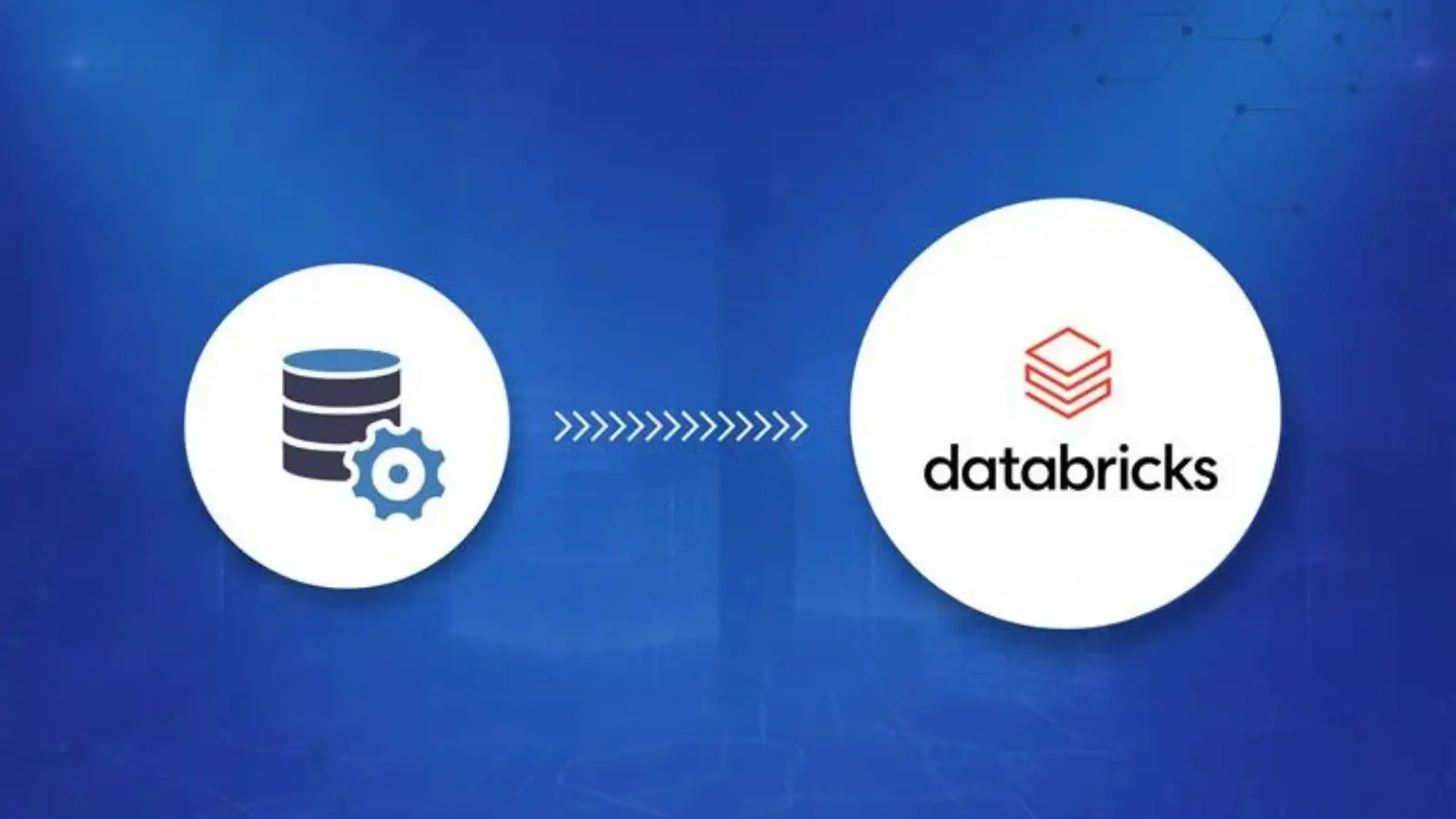Big data is transforming supply chain management, with the global market projected to reach nearly $31 billion by 2026. A company’s competitiveness increasingly depends on how effectively it leverages data-driven insights. For example, one global retailer increased its profits by 28% in just three years by digitizing its supply chain processes.
Despite this potential, many organizations still rely on traditional supply chain models, in which last-mile delivery alone can account for up to 41% of total supply chain costs. Supply chain analytics offers a powerful solution to these challenges. Early adopters of generative AI report 15% lower logistics costs and 65% higher service levels, while 83% of retailers using big-data-driven logistics for demand forecasting have achieved a 10–20% reduction in inventory costs.
As a result, big-data-driven supply chain management has become essential for maintaining a competitive edge in today’s rapidly evolving business landscape.
Why Traditional Supply Chains Are No Longer Enough
Supply chains now face unprecedented challenges, with disruptions becoming the norm rather than the exception. Traditional supply chain models—relying on manual processes, siloed operations, and limited visibility—can no longer keep pace with today’s complex business landscape.
The cost of inadequacy is staggering. Global supply chain disruptions cost organizations an average of $184 million per year, yet only 31% of companies regularly use real-time data. Poor inventory systems alone cost retailers $818 billion last year, underscoring the heavy financial toll of outdated approaches.
One of the most critical weaknesses is visibility. Traditional supply chains operate in silos with minimal communication between stages, creating blind spots throughout the process. As a result, companies struggle with inventory accuracy rates of just 63%, leading to costly stockouts and excess inventory.
Meanwhile, customer expectations continue to rise. Today’s consumers demand faster delivery, real-time order tracking, and personalized service. Traditional models often lack the agility to meet these demands, forcing businesses to choose between cost efficiency and customer satisfaction.
Notably, 80% of surveyed companies are already working on projects to improve supply chain visibility, acknowledging that traditional approaches are no longer enough. The limitations of fixed schedules, long-term contracts, and fragmented operations make it nearly impossible to adapt quickly to market fluctuations or supply disruptions.
The following table compares the key differences between traditional supply chain management and big-data-driven supply chain management, highlighting how advanced analytics and real-time visibility create measurable performance gains.
|
Aspect |
Traditional Supply Chain Management |
Big-Data-Driven Supply Chain Management |
|
Processes |
Manual, paper-based, siloed operations |
Automated, integrated, and connected across tiers |
|
Visibility |
Limited, mostly beyond Tier 1 |
Real-time, end-to-end visibility |
|
Decision-Making |
Reactive, periodic reports, historical lookback |
Predictive & prescriptive analytics |
|
Customer Experience |
Slower delivery, limited tracking |
Faster delivery, real-time tracking |
|
Forecast Accuracy |
Prone to over/stockouts |
~10% improvement in forecast accuracy and 20–50% reduction in forecast errors |
|
Inventory Management |
Higher holding costs, low accuracy |
Up to 20% lower holding costs; 10–20% inventory cost reduction; up to 70% lower inventory levels |
How Big Data Analytics Solves These Challenges
Big data analytics provides specific solutions to supply chain inefficiencies through real-time visibility and actionable insights. According to recent studies, 41% of supply chain professionals rank data analysis as their highest-priority technology. This focus is well-founded: organizations using big data analytics for demand forecasting report up to a 20% reduction in inventory holding costs and a 10% improvement in forecast accuracy.
The real power of big data lies in transforming raw information into a strategic advantage.
- Predictive analytics answers the question “What’s likely to happen next?” by analyzing historical patterns, enabling businesses to reduce forecast errors and avoid costly stockouts or overstocking.
Tip: According to McKinsey, leveraging advanced data analytics can reduce forecasting errors by 20–50%, fundamentally improving supply chain performance. For a deeper look at how to achieve these results, see an article here.
- Prescriptive analytics takes it further, addressing “What should we do about it?” by providing specific action recommendations. Companies implementing these technologies have achieved 10–40% improvements in on-time delivery and up to 70% lower inventory levels.
- Smart sensors act as vital data collection points, with the global market growing at 19% annually. These devices track assets in real time, monitoring location, condition, and performance metrics. IoT technology is especially valuable for temperature-controlled supply chains, preventing waste through constant monitoring.
Ultimately, big data enables proactive risk management by analyzing supplier performance, weather patterns, and geopolitical factors to detect potential disruptions before they occur. This capability helps organizations cut supplier-related risks by 20–30% and maintain more resilient operations.
Building a Big Data-Driven Supply Chain in 2025
To implement a successful big-data-driven supply chain in 2025, start by aligning your supply chain strategy with your overall business goals. Research confirms that companies with integrated supply chain management strategies achieve greater efficiency and higher customer satisfaction than those without such alignment.
Begin by breaking down data silos, a challenge faced by 46% of supply chain leaders. Establish a structured data management system that stores information in a BOM structure with metadata, requirements, and contracts. Use a single central hub to integrate siloed data—this unified approach enables real-time monitoring and collaborative decision-making across the network.
As supply chains become increasingly digital, data privacy must be a top priority. According to research, 87% of customers would sever ties with companies if they doubted their data protection practices. Protect data at rest and in transit through encryption, adopt role-based access controls, and conduct regular supplier audits to maintain compliance with regulations such as GDPR and CCPA.
For maximum impact, create a harmonized data foundation that combines operational, financial, and third-party data into one trusted environment. This foundation enables AI-powered analytics to deliver tangible benefits, including more accurate demand forecasting, dynamic sourcing strategies, and reduced inventory costs.
When done right, big data analytics transforms raw information into a strategic advantage—making your supply chain not just responsive but truly intelligent for 2025 and beyond.
Conclusion
Big data is transforming supply chains for 2025 and beyond, delivering measurable gains such as profit increases of up to 28% and inventory cost reductions of 20%. To fully realize these benefits, companies must align supply chain strategies with business objectives, break down data silos, and ensure robust data governance and privacy.
Unlike traditional models burdened by costly visibility gaps, data-driven supply chains use predictive analytics to anticipate disruptions, optimize inventory, and enhance customer experiences through faster, more reliable service. In today’s competitive landscape, embracing big data is no longer optional—it’s the foundation for a smarter, more resilient supply chain.
















